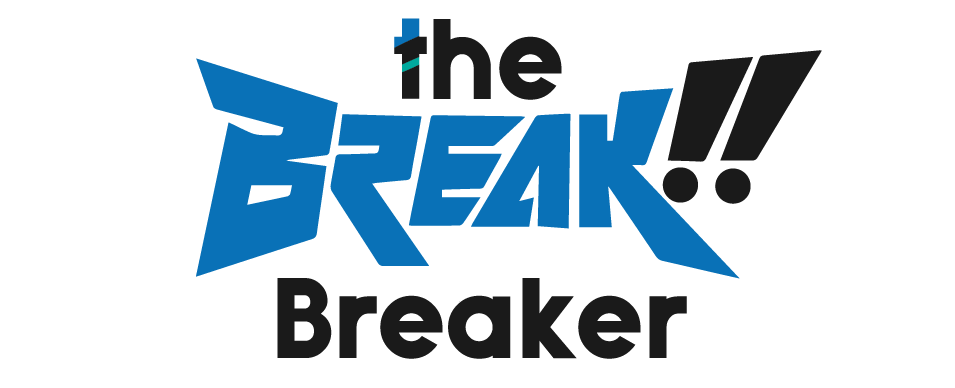
How Updated Technology Can Upgrade HealthCare
In the last century, medical research has made great strides. Advances in medicine, surgery and preventive care have made it possible to effectively and easily treat many diseases and disorders that were once fatal. More people than ever before have high standards for the quality of medical treatment they receive, and hospitals must do everything in their power to meet those standards. The risk of falling behind in the market increases if businesses don’t keep up with the most recent and successful technologies.
People won’t stay at a facility if they have any doubt that they will receive the highest quality care possible, including the latest advances in that field. Because of this, it is crucial that hospital administration places a premium on remaining technologically competitive. This necessitates being aware of and making use of any and all technological tools at one’s disposal. While many of them are substantial investments that reflect radical departures from standard practice, others are less obvious.
As just one example, robotic surgical devices have given surgeons unprecedented control and precision, allowing them to undertake previously impossible treatments. As a result, patients experience fewer adverse effects and a quicker recovery. Conversely, easy-to-use smartphone apps provide instantaneous access to a plethora of vital information for caregivers. These developments free up medical professionals to give their full attention to their patients.
The use of self-service kiosks and other innovations has helped to streamline the patient experience and alleviate some of the anxiety and stress associated with medical care. Another advantage of these enhancements is that they free up staff members’ time to devote to more strategic initiatives. Upgraded technology is leading to better service across the sector, and you can find more examples in the supplementary guide.
These are examples of healthcare systems:
Treatment Methods:
Healthcare and aid delivery systems are based on medical science. Diseases have varying origins; treatments range in efficacy; pharmaceuticals have a wide variety of active ingredients; and there are numerous theoretically distinct healthcare systems. Read More
Conventional Medical Care:
Such approaches to healthcare and relief are grounded in the customary use of plants, animals, and other naturally occurring elements, as well as in the customs, social reforms, religious beliefs, and, in many cases, prejudices of the preceding and current generations. in use at the moment. People like religious treatment that extends to the practice of medicine, and traditional treatment methods such as Ayurveda and Yunani have been around for a long time and are very well structured. The origins of these medical systems and the ancient therapies remain preserved because many of the same methods are used today as they were centuries ago. Traditional medicine’s guiding philosophy is to treat the full person rather than just their symptoms, taking into account their outlook and external environment.
A growing number of Western medical facilities and developing nations are beginning to recognize the value of traditional medicine. A lot of Asian and African nations now acknowledge the efficacy of ancient healing practices. Traditional methods in several Asian nations, such as Bangladesh, India, and China, have been considerably modernized in recent years, and are now employed as an alternative and supplementary therapy system, alongside modern allopathic treatment.
The Method of Homeopathy
The homoeopathic approach to medicine was developed by a German allopathic doctor named Samuel Hahnemann in the early twentieth century. This is in stark contrast to the conventional medical practices of the East. In this method, medications are used sparingly and at low doses on the premise that the efficacy of any given medication grows geometrically as the dosage decreases. Read More
Medicinal Practices in Traditional Societies:
It’s possible that the use of medicine to treat rural people, like in the case of folk medicine, will soon become a thing of the past. In many cases, no standard medical practice is followed and care is instead based on the existing beliefs, folklore, or culture of the people. Such treatments typically involve the ingestion of therapeutic plant or animal parts or products as necessary.
The Present-Day Medical Establishment:
The healthcare system in Bangladesh and the rest of the world is highly advanced and uses cutting-edge methods of health management. The system’s focus is not just on curative care for the individual, but on the individual’s and society’s overall well-being as well, as evidenced by its emphasis on preventative and promotive services like education and environmental improvement. This system provides high-quality healthcare to its patients. It is managed by highly qualified medical professionals. Modern diagnostic tools and treatment protocols are quite advanced.




